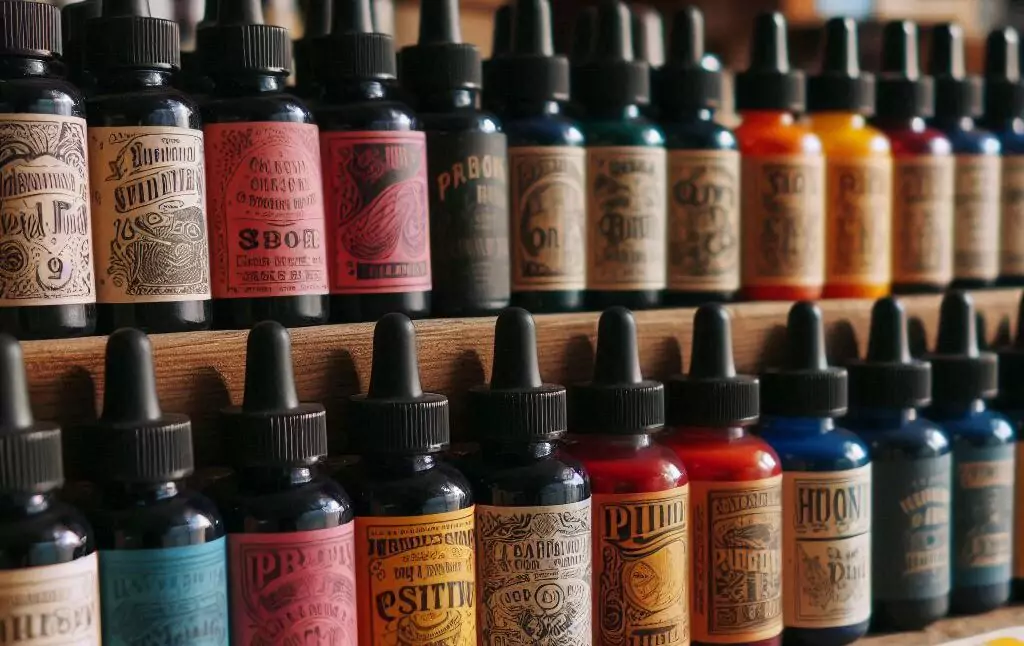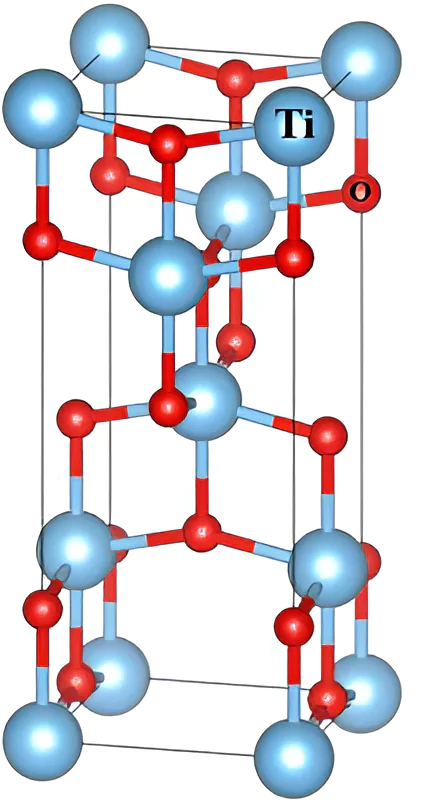
Titanium Dioxide For Ink
Titanium Dioxide for Ink is a hidden hero in the world of inks. This remarkable pigment plays a crucial role in creating vibrant, high-quality inks for various printing applications. Let’s delve into the fascinating world of TiO2 and explore its benefits, applications, and safety considerations.
- Offset Printing: Based on oil and water repulsion, offset printing resin must have good anti-emulsifying and hydrophobic properties to prevent white ink from emulsifying. For outdoor use, titanium dioxide in white ink needs good light and weather resistance to prevent yellowing or powdering.
- Gravure Composite Film Inks: For vibrant color printing, white ink is applied first. Titanium dioxide in the ink must have excellent color strength and hiding power.
- For tin printing ink: post-press baking is required; typically, this involves heating at about 180℃ for 120 minutes.
Superior Opacity and Whiteness
One of the most significant advantages of TiO2 is its ability to deliver exceptional opacity and whiteness. This allows for thinner ink films, which translates to cost savings in ink production. Modern technology ensures consistent opacity and high tinting strength, offering superior printability.
Enhanced Durability and Compatibility
TiO2 boasts low abrasion properties, minimizing wear on printing plates. This makes it ideal for solvent-based and water-based inks used in flexographic printing, gravure printing, and digital printing of labels and packaging materials.
Exceptional Dispersion and Tinting Strength
Alumina surface-treated TiO2 offers exceptional dispersion properties. Furthermore, TiO2’s high refractive index and scattering coefficient contribute to its strong tinting power. This translates to inks with vivid colors and exceptional hiding power.
How to use titanium dioxide for ink?
Titanium Dioxide for ink is commonly used in ink formulations to improve opacity and brightness. To use it, uniformly distribute the TiO₂ pigment in the ink medium using high-speed mixers or bead mills. The typical concentration ranges from 5 to 30%, depending on the desired opacity and color intensity. Ensure that the dispersion procedure prevents agglomeration for smooth printing. TiO₂ improves print quality, durability, and color vibrancy, making it suitable for a variety of printing applications.


Choosing the Right TiO2 for Your Ink

Selecting the appropriate TiO2 pigment hinges on the desired outcome. Here are key factors to consider:
Ink Whiteness
Pure TiO2 delivers the brightest white. For toned-down whites or slight color shifts, consider TiO2 with trace amounts of copper, iron, or chromium. Rutile-type TiO2 is well-suited for these applications.
Ink Hiding Power
A high refractive index in TiO2 translates to superior hiding power. Opt for TiO2 with a very high refractive index for maximum white ink opacity.
Types of TiO2 for Inks
There are two primary types of TiO2 used in ink formulations:

Rutile TiO2

Anatase TiO2
Anatase Titanium Dioxide For Ink
This type appears yellow or colorless in its nanoparticle form.
Rutile Titanium Dioxide For Ink
Notably, rutile TiO₂ is the most common and stable form, produced under high temperatures and pressure.
Safety Considerations
When handling Titanium Dioxide (TiO2), use protective gear to avoid inhalation or skin contact. Follow all safety guidelines and consult the Material Safety Data Sheet (MSDS) for detailed precautions.
Conclusion
Titanium dioxide is an indispensable component in various ink formulations. Its impact on whiteness, opacity, and printability is undeniable. As the demand for high-quality inks continues to rise, the use of TiO2 is expected to increase, opening exciting possibilities for innovative printing applications.
Sukhmani Impex offers a comprehensive selection of TiO2 grades tailored for diverse ink applications. Their commitment to quality and consistency ensures exceptional performance in your printing processes.

